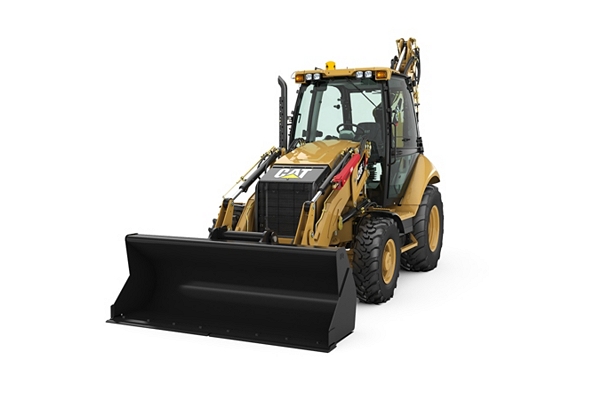Economical Dozer Rental Solutions Near You
Wiki Article
Leasing Vs. Acquiring Construction Devices: Making the Right Selection for Your Task
When getting started on a building task, one of the essential decisions that predict stakeholders and supervisors encounter is whether to get or lease building devices. The choice hinges on different elements such as expense factors to consider, job duration, devices maintenance, versatility, scalability, and threat management.Expense Factors To Consider
Leasing devices commonly calls for reduced initial payments compared to purchasing, making it an eye-catching choice for short-term jobs or service providers with budget plan restraints. In the lengthy run, constantly leasing equipment can collect greater costs than acquiring, particularly for extended projects.On the various other hand, buying construction tools involves greater in advance expenses but can result in lasting savings, especially for long-term jobs or regular users. Inevitably, the choice in between renting and getting building and construction tools hinges on the task's period, regularity of use, budget factors to consider, and long-lasting economic goals.
Job Period

Alternatively, for lasting jobs or continuous construction work, getting equipment can be the a lot more economical option. Getting equipment can cause cost financial savings in the lengthy run, particularly if the equipment will certainly be regularly made use of. Additionally, possessing equipment gives a sense of control over its accessibility and enables for modification to fit specific job needs.

Devices Maintenance
Provided the important duty project duration plays in establishing the most economical strategy between purchasing and renting building tools, the emphasis now moves in the direction of checking out the important facet of equipment upkeep. On the other hand, having tools requires a positive strategy to upkeep to avoid breakdowns, guarantee security, and expand the devices's life expectancy. Eventually, a well-kept building and construction devices fleet, whether rented out or possessed, is important for the efficient and successful completion of building and construction tasks.Versatility and Scalability
In the realm of building devices management, the aspect of adaptability and scalability holds substantial relevance for job performance and resource usage. Deciding to rent out building devices offers a high degree of flexibility as it allows for the fast adjustment of devices types and look what i found amounts based upon the developing demands of a job. Renting makes it possible for contractors to access a large range of customized equipment that may be required for particular jobs without the lasting dedication of possession. This versatility is particularly useful for projects with differing needs or uncertain durations (aerial lift rental).Furthermore, scalability, an additional crucial variable, is inherently linked to flexibility. Leasing building tools uses the advantage of easily scaling operations up or down as job demands vary. Contractors can swiftly exchange or add tools to match the task's transforming demands without the constraints of having possessions that might become underutilized or out-of-date. This capability to scale sources efficiently can lead to price savings and improved task timelines, making renting out a favorable option for projects needing adaptability and responsive resource allotment.
Danger Management
Efficient risk monitoring in building and construction tools procedures is paramount to ensuring task success and mitigating possible monetary losses. Building and construction projects naturally include numerous dangers, such as equipment malfunctions, crashes, and task delays, which can considerably impact the project timeline and budget plan. By thoroughly taking into consideration the risks related to owning or renting construction equipment, job managers can make informed choices to lessen these prospective hazards.Renting out building and construction devices can use a level of danger reduction best site by transferring the obligation of upkeep and fixings to the rental company. This can lower the financial burden on the task proprietor in instance of unexpected equipment failures (boom lift rental). Furthermore, renting out supplies the adaptability to access specific devices for certain project phases, reducing the danger of possessing underutilized equipment
On the various other hand, possessing building devices provides this post a sense of control over its use and upkeep. However, this also indicates bearing the complete duty for repair work, maintenance costs, and depreciation, raising the economic risks related to equipment possession. Cautious threat evaluation and consideration of factors such as task duration, equipment use, and upkeep demands are crucial in establishing the most appropriate option for effective risk monitoring in building jobs.
Conclusion
Finally, when making a decision between leasing and getting building tools, it is necessary to think about price, job period, devices upkeep, threat, adaptability, and scalability monitoring. Each element plays a critical role in identifying one of the most suitable alternative for the project available. By meticulously reviewing these elements, project supervisors can make an enlightened decision that straightens with their budget, timeline, and total project objectives.
Report this wiki page